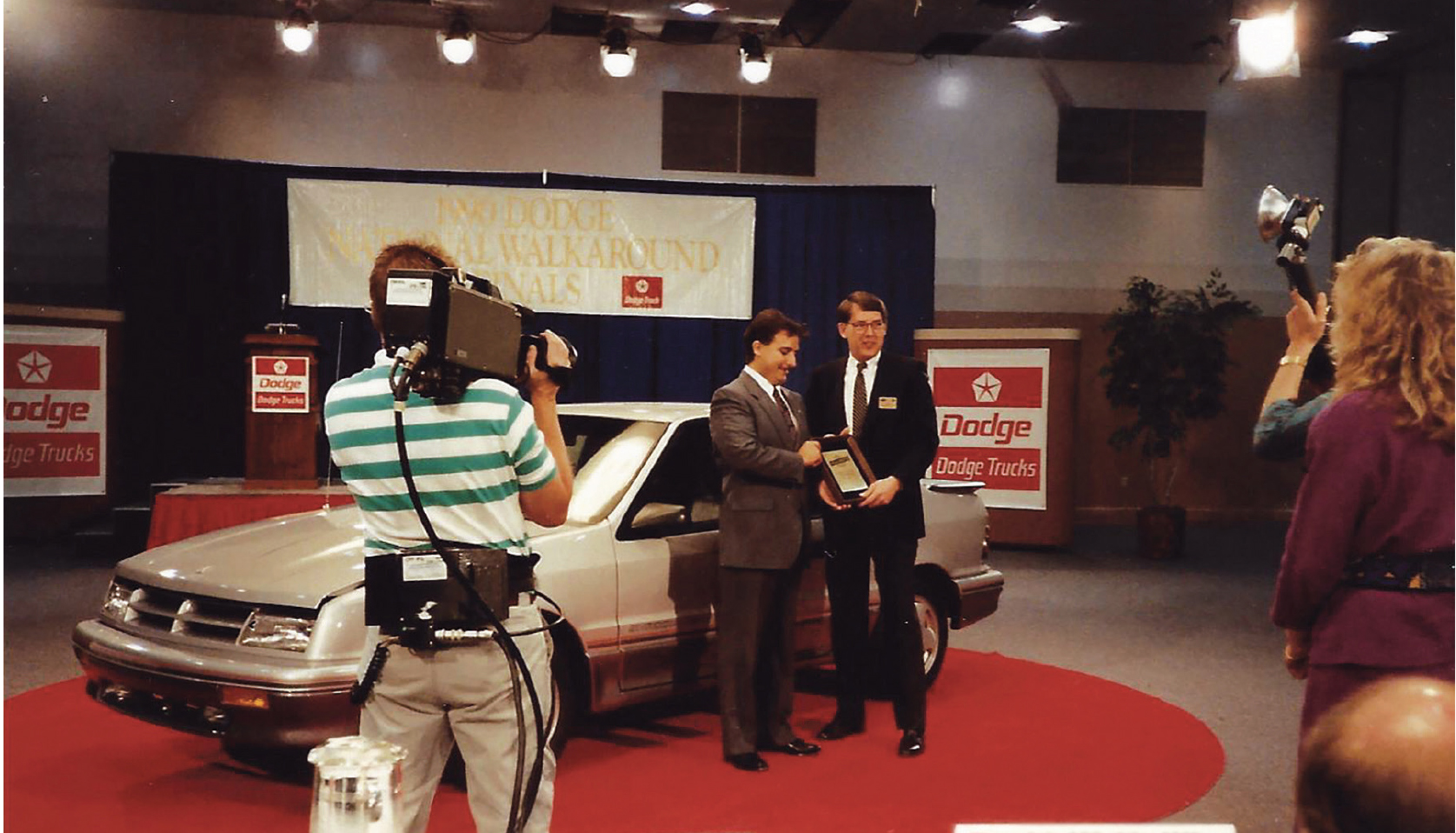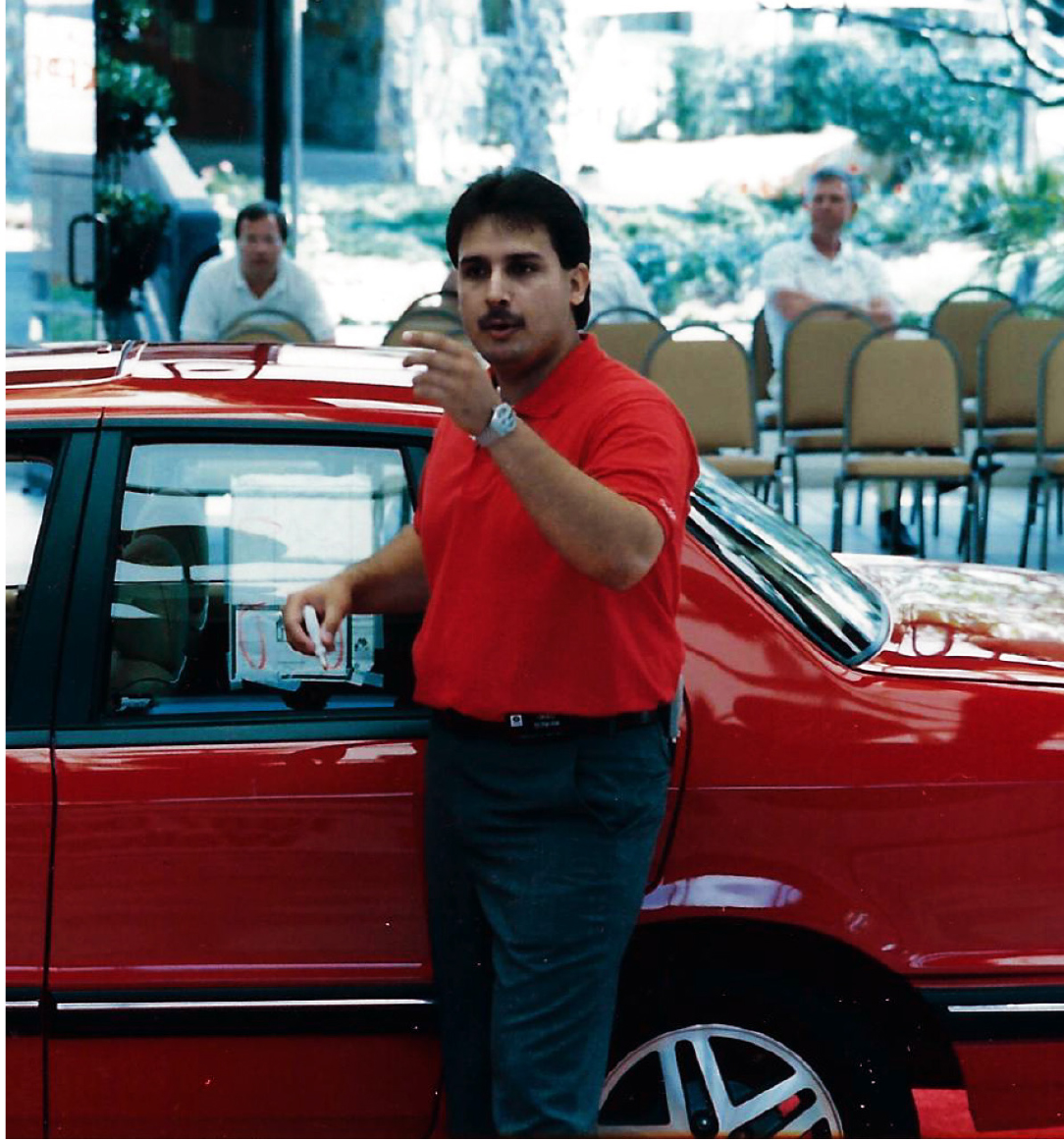By Wm. Craig Bonham, NTEA Board Chairman
Vice President, Commercial Vehicle, Safe Fleet
Belton, Missouri
This article was published in the May 2019 edition of NTEA News.
Given NTEA’s focus on supporting members and the industry with workforce development, I thought I’d start this series with a stroll down my professional memory lane. New opportunities all have a beginning. When I was in the automotive parts business, a man named Bill approached me and said I’d be a great salesman. I laughed and responded, “Where?” He replied, “The car business.” Again, I laughed and asked how he thought I could make the transition. He said not to worry, we would get together, and he would show me. At the time, whether I knew it or not, I was being recruited.

Bill connected me with Hudson, one of his associates. On a hot summer day in Nashville, Tennessee, I sat down with Hudson to interview. He told me I came highly recommended and should consider sales. I questioned leaving my current role, but decided to give it a shot. Hudson instructed me to start Monday and come to work wearing jeans and a shirt I didn’t mind getting dirty. I wondered why I was asked to dress so casually if I was going to be a salesman. He said I’d be dressing up soon enough but first needed to understand the vehicles I’d be selling. From his perspective, this training was necessary to become the best in the business.
I went home, sat on the fender of my 1967 Plymouth Belvedere and thought about my decision. Moments later, my father pulled up and asked me what I was doing. I informed him I’d quit my job. He said, “You did what?” I replied, “Yes sir, I quit my job, and I’m really excited.”
During the next few weeks, I took a creeper from the service department and reviewed every inch of every vehicle model on the lot. During my onboarding experience, I received support and direction from the service department and dealership leaders.

Wm. Craig Bonham wins 1990 National Walkaround Championship for Dodge Division.
When I think about recruitment, education and retention, some key points come to mind. I consider the employee life cycle. Competition for talent is extremely intense — especially in our thriving industry. Once we find great people and add them to our teams, we need to retain them. Retention encourages high morale and business performance, while controlling the brutal cost of employee turnover.
I’ve found the single biggest ingredient to retention is communication. This begins with making sure potential employees fit your company culture and core values. I focus on this each time we recruit at Safe Fleet. My experience has shown staff members who embrace a company’s direction and core values with the right attitude tend to be longer-term, happier employees who become the real drivers of your business.
In the interview process, I identify whether or not the candidate is a cultural fit for our team. This is important to the company and the candidate. After all, the last thing a candidate wants to do is work somewhere that’s not a good fit. This leads to employee churn, a bad reputation for the company and elevated expenses overall.
Searching for employees today is vastly different from when I started my career 36 years ago. Now, employees expect transparency during the interview process, and they anticipate meeting more than one person in the process. Before coming to an interview, most candidates have researched the business through social media and talked with current or former employees. For those conducting the interview, it’s crucial to communicate company culture, brand direction and core values. Prospective employees want to visualize being employed by you.
Many people ask me what happens when you secure a great employee. The first step is helping them get a good start through a solid onboarding process. It is critical for new employees to be exposed to their new work area and supervisor, in addition to all main contacts in the business. In my organization, I recommend each department lead spend time with a new employee to facilitate developing strong relationships. Intentional interaction can reduce nervousness, helping new employees get comfortable in their job and make friends along the way.

Wm. Craig Bonham’s early years in sales.
Once you’ve selected your candidates, understand the factors vital to keeping them. Money is not always the primary motivator. Many times, work/life balance is a main driver. Affirmation is another important component — actually letting employees know when they have done a great job. Most importantly, keep them informed of company strategy and show them how their contributions are making a difference. While mushrooms grow in the dark, employees don’t. You need to ensure regular communication. Ultimately, this elevates your company as an employer of choice.
My message is simple: communicate, communicate and overcommunicate.
Workforce development is an ongoing NTEA priority; find supporting resources at ntea.com/workforcedevelopment.